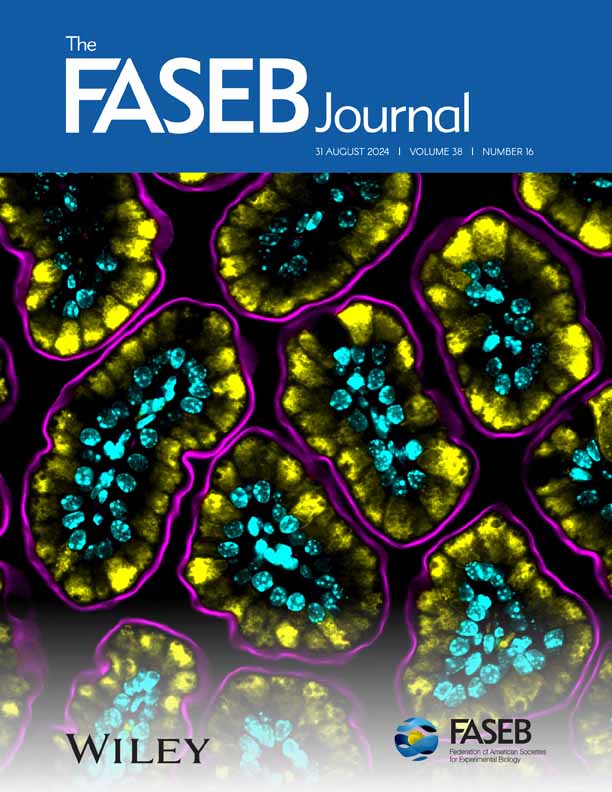Exosomal Delivery of Interleukin-10 Reduces Infection-Associated Inflammation in a 3D-Printed Model of a Humanized Feto–Maternal Interface
Abstract
Spontaneous preterm birth (PTB) is associated with fetal inflammatory responses that are due to infections. Effective interventions to minimize these fetal responses are limited as drugs do not usually cross the feto–maternal interface (FMi) barrier, and reliable models to test drug efficacy and other pharmacologic parameters have not been available. We leveraged New Approach Methods (NAMs), including employing extracellular vesicles (exosomes of 30–200 nm) to deliver the anti-inflammatory cytokine interleukin (IL)-10 and using a high-throughput 3D-printed FMi model to test the efficacy of this delivery. IL-10 encapsulated exosomes were prepared by encapsulating recombinant IL-10 (rIL-10) using electroporation (eIL-10) or by transfecting RAW264.7 cells with an IL-10-expression plasmid (tIL-10) that enabled the expression of IL-10 in the cells during exosome biogenesis, which was then collected. Using a biocompatible polymer resin, we 3D printed a two-chambered FMi scaffold to mimic the amnion–decidual (feto–maternal) interface. Microchannels were integrated into the lower portions of the scaffold to facilitate intercellular communication. The device was composed of a mix of cells and gelatin methacrylate hydrogel material (lower part) and cell-specific culture medium (upper part). We showed that empty exosomes and IL-10-loaded exosomes delivered to the maternal side of the scaffold were able to cross to the fetal side of our FMi device. Furthermore, the effectiveness of eIL-10 and tIL-100 (500 ng) in reducing LPS-induced FMi inflammation on both the maternal and fetal sides was demonstrated by measuring pro-inflammatory IL-6 and IL-8 concentrations via multiplex assays at 6 h and 24 h timepoints. We determined that our 3D-printed two-chamber FMi model enabled the propagation of IL-10 encapsulated exosomes between the interconnected chambers. LPS treatment to the maternal decidua induced expression of pro-inflammatory IL-6 (p < 0.001) and IL-8 (p < 0.001) in both decidua and amnion compared with healthy (control) conditions. Co-treatment of LPS along with IL-10-loaded exosomes, regardless of its formulation, significantly reduced levels of the maternal and fetal inflammatory cytokines IL-6 and IL-8 at both 6 and 24 h after delivery. A high-throughput 3D-printed FMi model was used to show that IL-10 encapsulated exosomes can reduce infection-induced FMi inflammation. We describe two NAMs with the potential to significantly improve perinatal medicine: (1) an exosomal drug delivery method that protects the drug and can cross feto–maternal barriers and (2) a 3D-printed device that can be used for high-throughput drug screening.





 求助内容:
求助内容: 应助结果提醒方式:
应助结果提醒方式:


